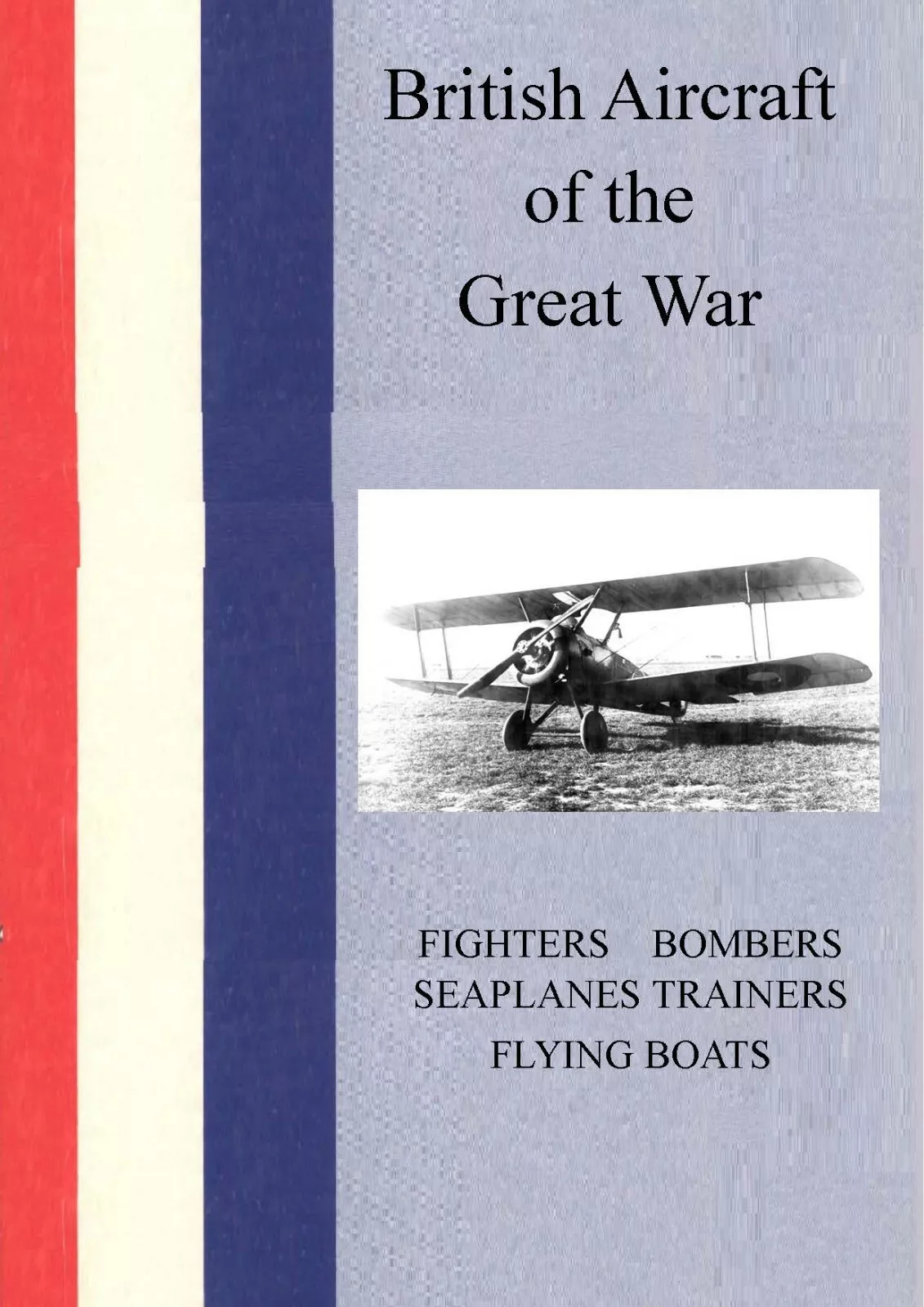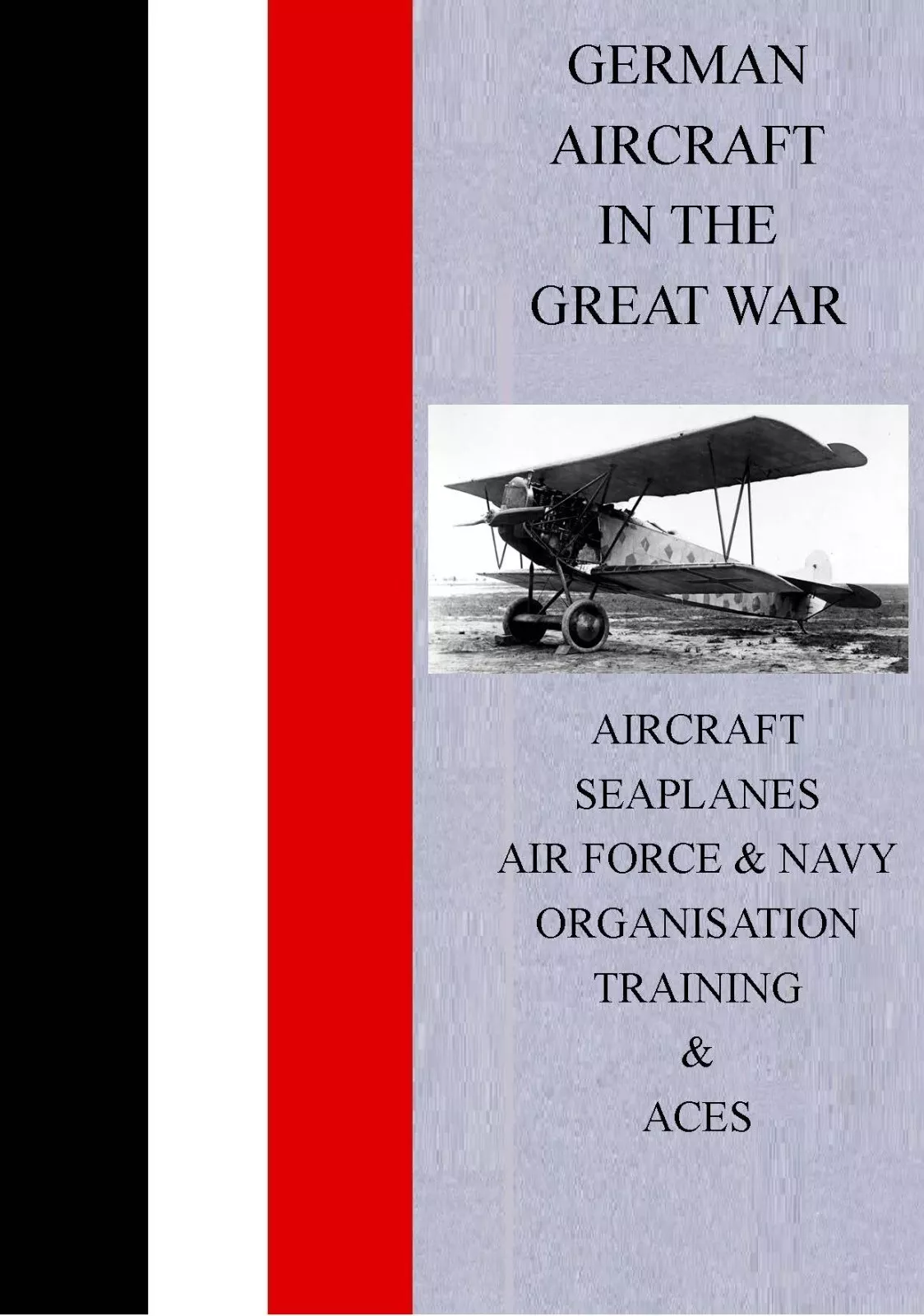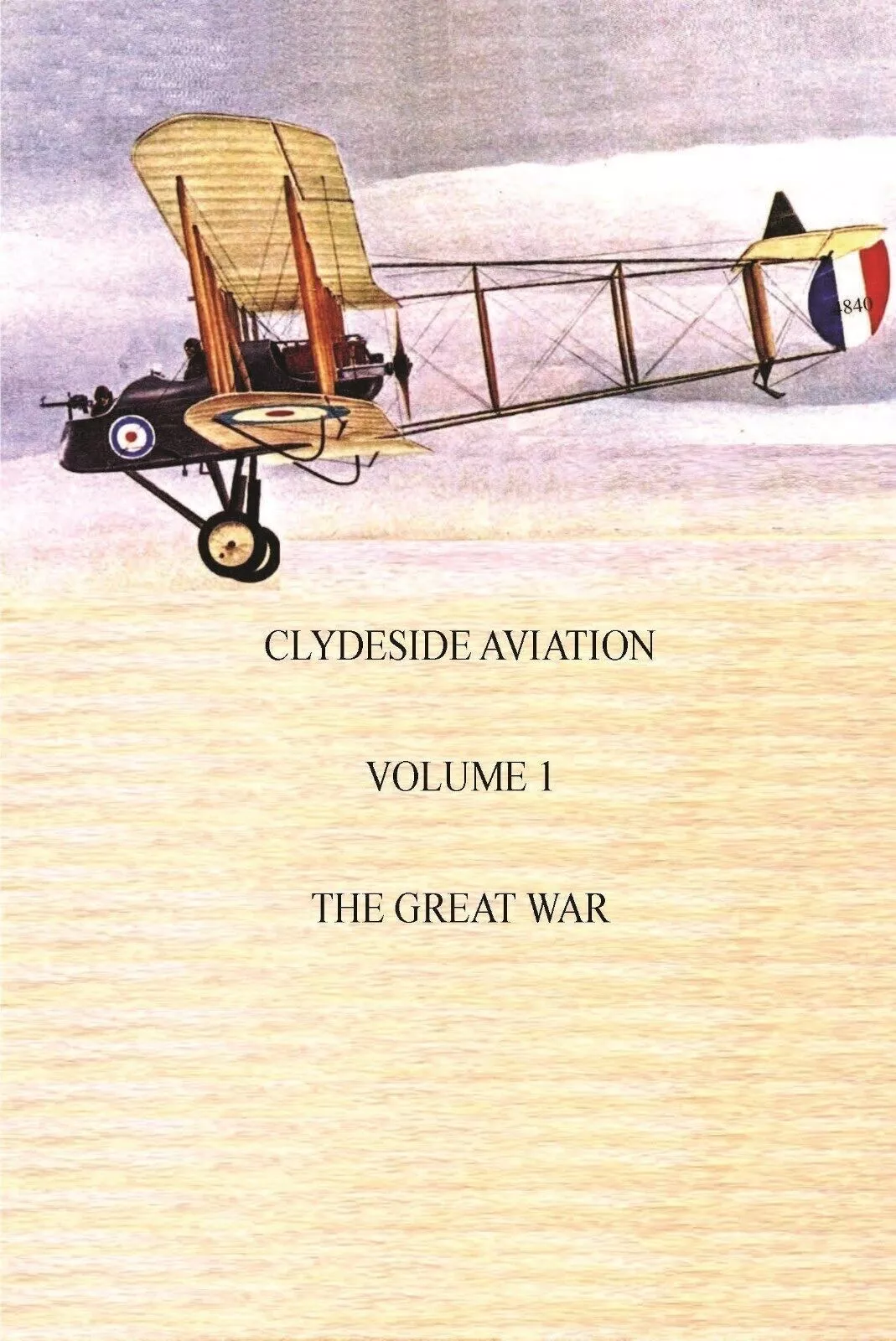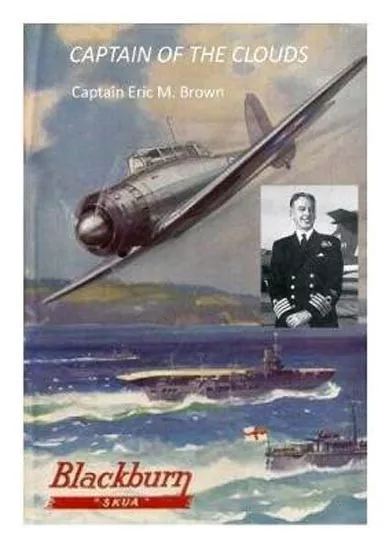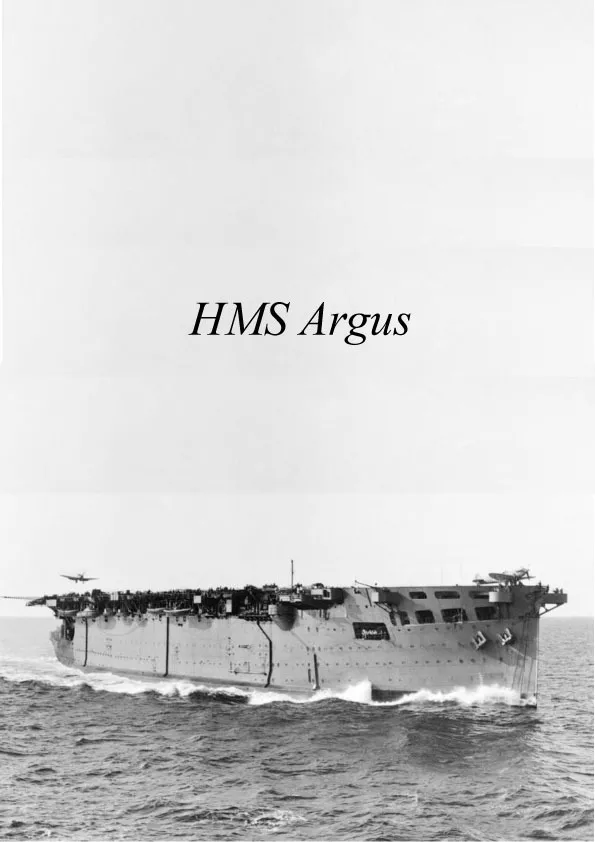Concentrated mass, twin Vickers, disciplined tactics — the British answer to 1917 air combat.
Introduction: The Camel's Reputation and Reality
The Sopwith Camel became the most effective British fighter of the Great War by combining concentrated mass, heavy forward armament, and disciplined tactics. Designed under Herbert Smith at Sopwith, the Camel's reputation rests on measurable outcomes — over a thousand credited victories — and on a design grammar that privileged turning authority and fire concentration over raw straight‑line speed. This Enhanced Edition presents a formal, evidence‑based analysis: development lineage, structure and systems, engines and handling, pilot technique and combat accounts, comparisons with German contemporaries, naval operations, and enduring influence. For comprehensive coverage of British aircraft development during this period, see British Aircraft of the Great War by Charles E. MacKay.
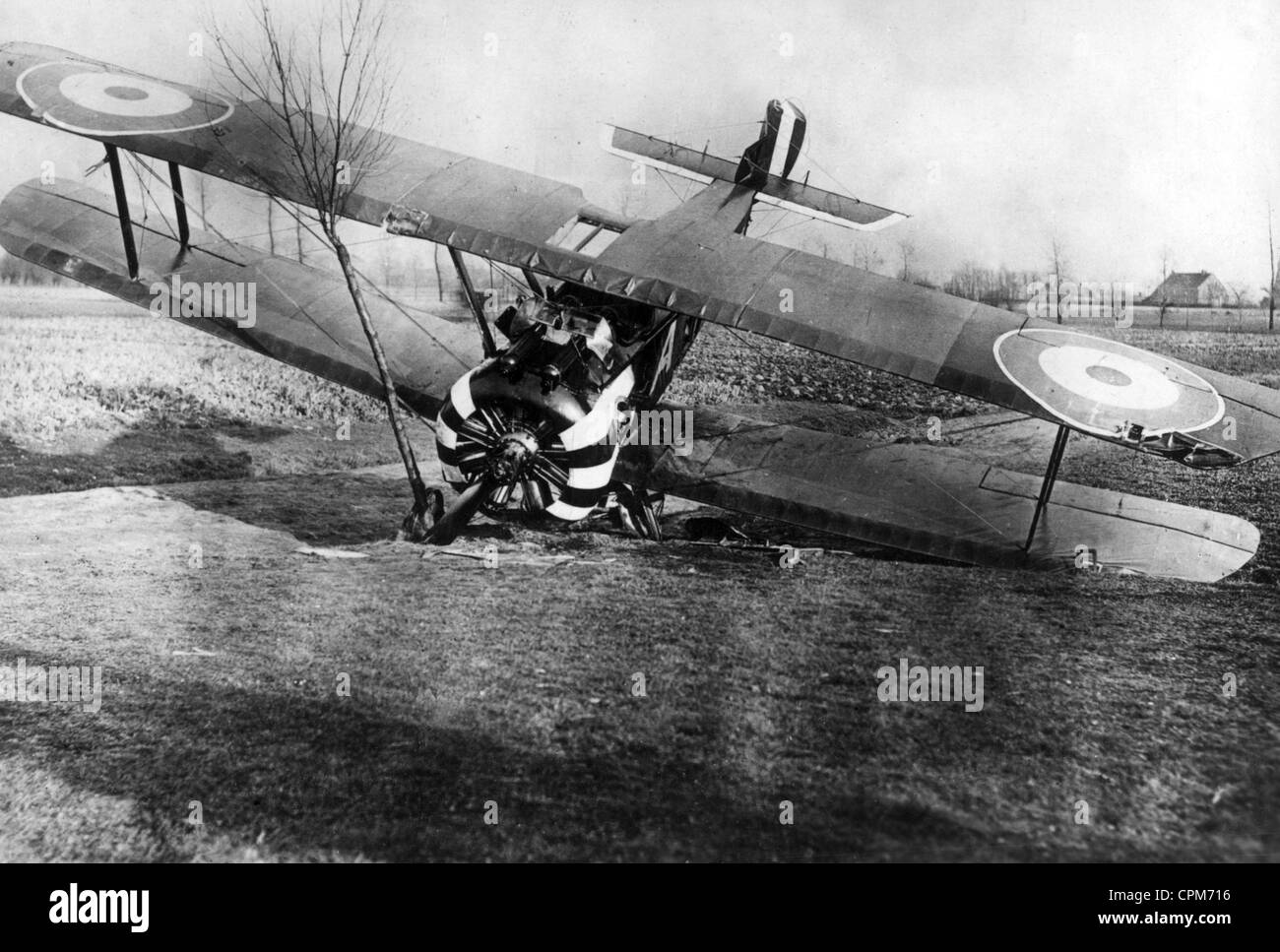
Origins and Design Lineage
The Camel evolved from the Pup and Triplane programmes, preserving positive control harmony while adding weight forward for gun installation and stability at firing. Development in 1916 set the pattern: a compact, wood‑and‑fabric biplane with twin synchronized Vickers .303 in front of the pilot, Constantinesco‑type gear, and a rotary engine providing high power‑to‑weight. Emphasis fell on reliable turning performance and gun effectiveness rather than extreme speed. The development of such aircraft is thoroughly documented in Clydeside Aviation Volume One: The Great War.
Structure, Systems, and Armament
Wooden fuselage bays with wire bracing and steel fittings provided strength; fabric covering kept weight down. The forward "hump" over the Vickers installation housed ammunition and synchronization. Fuel and pilot sat forward with the engine, concentrating mass within roughly seven feet — a key to turning behaviour. The twin‑gun layout gave a dense cone of fire exactly along the pilot's sightline, simplifying gunnery solutions compared with wing‑mounted guns. The evolution of aircraft armament during the Great War is comprehensively covered in German Aircraft of the Great War.
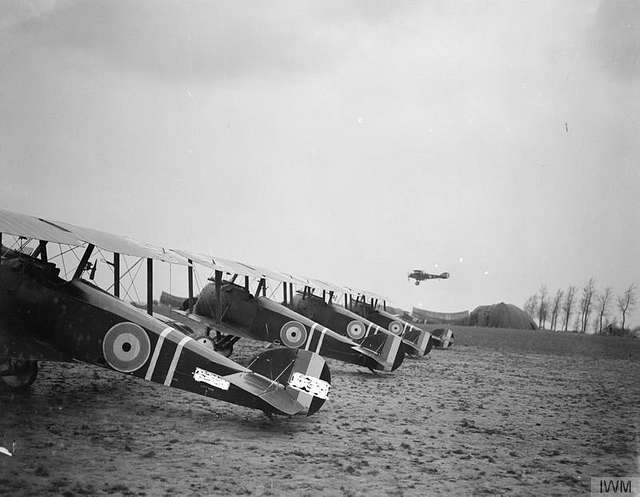
Engines and Performance
Typical powerplants included the 130 hp Clerget 9B and the 150 hp Bentley BR.1. Reported maximum speeds hovered around the low‑hundreds mph depending on fit and altitude; service ceilings and climb reflected the rotary's strong initial torque. Drag from the rotating cylinder assembly limited top speed but enhanced throttle response. The chosen engines delivered the kind of immediate power changes useful in close‑in manoeuvre and in recovering from high‑alpha moments. The development of British aero engines during this period is explored in detail in British Aircraft of the Great War.
Handling Characteristics and Pilot Technique
Mass concentration and rotary torque yielded rapid rolling entry and a pronounced right‑turn advantage in skilled hands. The same features penalised inattentive pilots in low‑speed, high‑alpha regimes. Unit conversion syllabi stressed energy awareness: avoid prolonged low‑speed skid; exploit the right‑turn for nose placement; time bursts to minimise exposure. Pilots briefed drum‑tight gunnery sequences and used the Camel as an energy manoeuvre fighter at modest speeds. The training and operational experiences of British pilots are documented in Captain Eric "Winkle" Brown: Test Pilot Biography.
Tactics, Formations, and Combat Grammar
Engagements opened with altitude and sun advantage where possible. Pairs and fours overlapped arcs and avoided flat turning fights when numbers were uncertain. The Camel's grammar emphasised: short decisive bursts, quick repositioning, and stacking support to prevent enemy reversals. Reports show successful slashing attacks against Albatros types, with rapid right rolls to reset the fight.
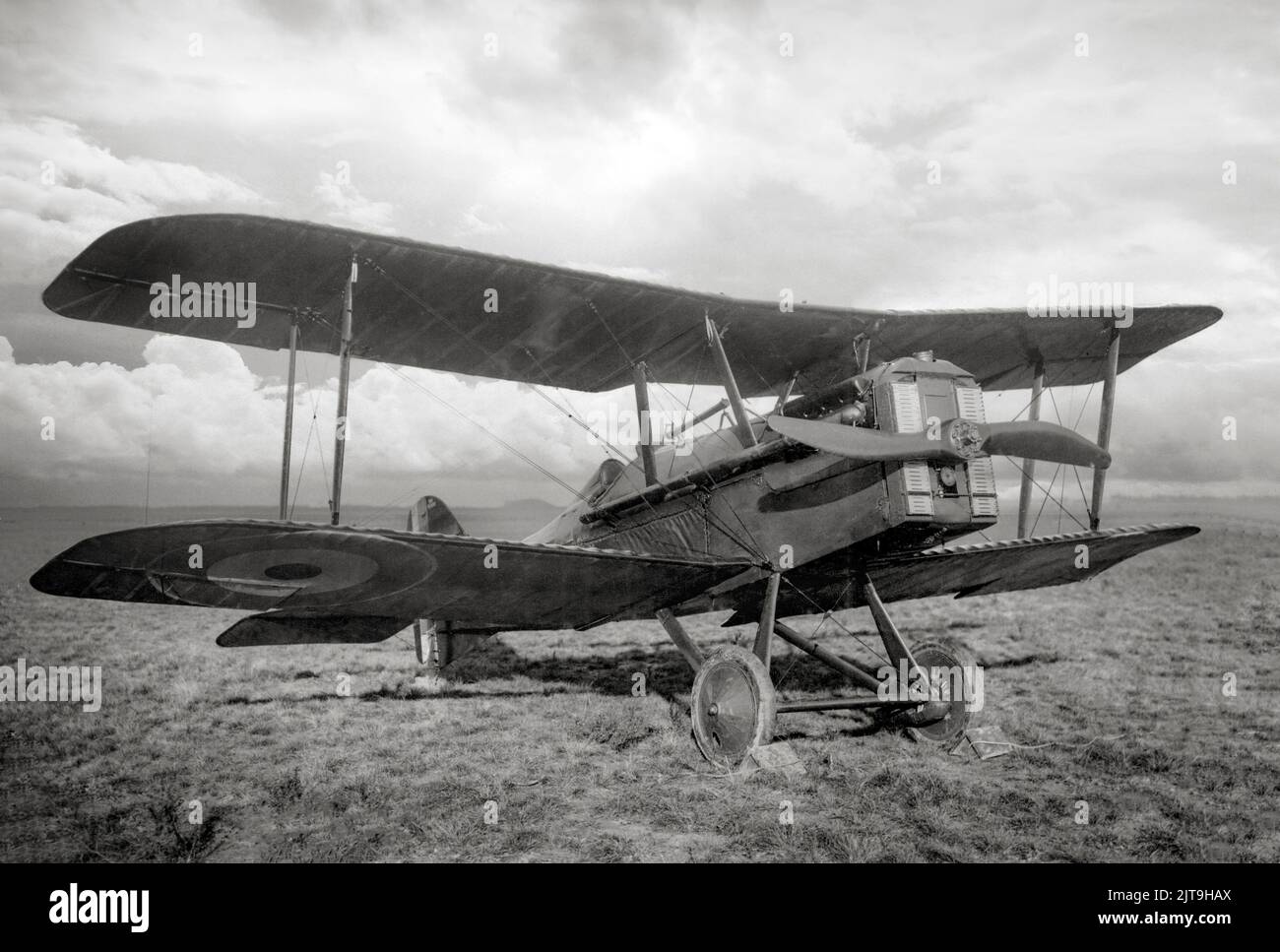
Pilot Accounts and Unit Experience
Operational summaries describe the Camel's willingness to turn tightly when handled decisively and its sensitivity if mishandled near the stall. Veteran pilots recorded that the type rewarded anticipation, rudder discipline, and short, accurate firing. Encounters with leading German pilots underscored that the aircraft's strength lay in brief engagements where its heavy forward armament could decide outcomes quickly.
Comparisons with German Contemporaries
Against Albatros D.III/D.V families the Camel traded inferior straight‑line speed for superior turning authority and fire concentration. Later types such as the Fokker D.VII brought excellent high‑lift characteristics and benign handling that narrowed the Camel's advantages, but Camel units retained effectiveness through tactics and numbers. The British design choice — agility and gunnery — remained coherent with the operational context of 1917–1918. For detailed analysis of German aircraft development, see German Aircraft of the Great War by Charles E. MacKay.
Naval Camel and Early Carrier Operations
Ship's Camel variants adapted undercarriage and folding arrangements for deck handling. Operations from early carriers demonstrated feasibility of sea‑based fighter activity. The Tondern raid against Zeppelin sheds stands as an early case study in maritime air power projection: limited numbers, carefully briefed routes, and decisive effect against high‑value targets. Naval aviation development is covered in Aircraft Carrier - Beardmore's HMS Argus.
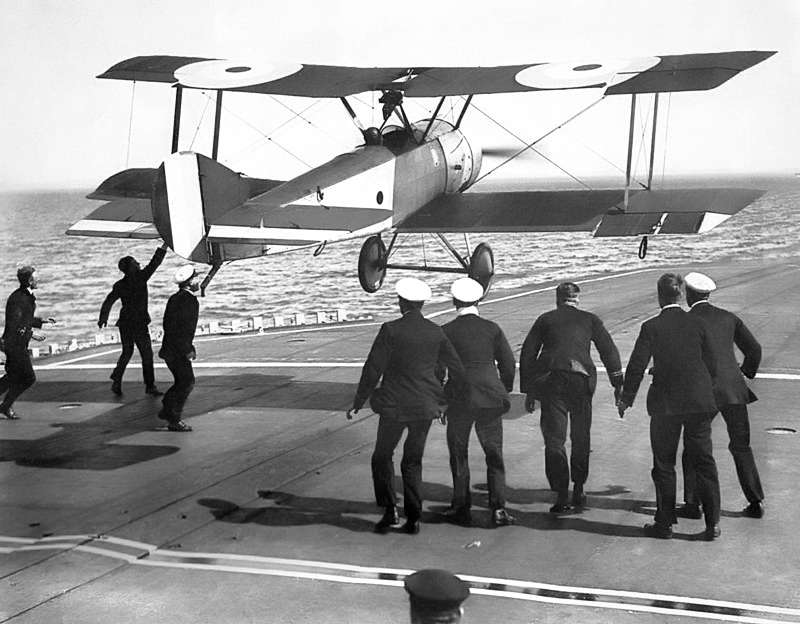
Production, Variants, and Sustainment
Multiple manufacturers contributed under urgent schedules. Variants addressed power, naval adaptation, and ground‑attack protection. Sustainment depended on fabric and rigging expertise, engine husbandry, and standardized fittings that enabled repairs in dispersed conditions. Availability flowed from inspection culture as much as from design drawings. The logistical challenges of wartime aviation production are examined in Aviation Manufacturing in Wartime.
Legacy and Modern Influence
The Camel's core insights — mass concentration for turning authority, sight‑line gunnery, and doctrine emphasising brief decisive action — influenced inter‑war training and fighter design. The template for an effective light fighter remained: concentrate fire, keep handling crisp, and train pilots to manage energy and exposure time in the fight. The inter-war development of British aviation is covered in Clydeside Aviation Volume Two: Between the Wars.
Related Books and Articles
For comprehensive coverage of this aircraft and its contemporaries, explore these authoritative works by Charles E. MacKay:
- British Aircraft of the Great War — Complete technical and operational history of RFC/RNAS aircraft
- German Aircraft of the Great War — Detailed analysis of German aircraft development and combat performance
- Clydeside Aviation Volume One: The Great War — Scottish aviation contributions and industrial development
- Captain Eric "Winkle" Brown: Test Pilot Biography — Insights into aircraft testing and pilot training
- Aircraft Carrier - Beardmore's HMS Argus — Naval aviation development and early carrier operations
Related Articles
- British Aircraft of the Great War: RFC & RNAS Development
- Aviation Manufacturing in Wartime
- German Aircraft Development in the Great War
- Bristol Fighter F2B: The Aggressive Two-Seat Fighter
Conclusion
The Sopwith Camel's enduring standing is earned: a coherent design executed with discipline, flown with technique, and supported by maintenance and tactics that made its strengths decisive. Its story is not of myth but of measured choices that produced results. For the complete story of British aviation during the Great War, British Aircraft of the Great War provides the definitive account.
References
- Sopwith Camel — RAF Museum — Royal Air Force Museum
- Sopwith Camel: IWM Collections — Imperial War Museums
- WWI Aviation Reports — FlightGlobal Archive

